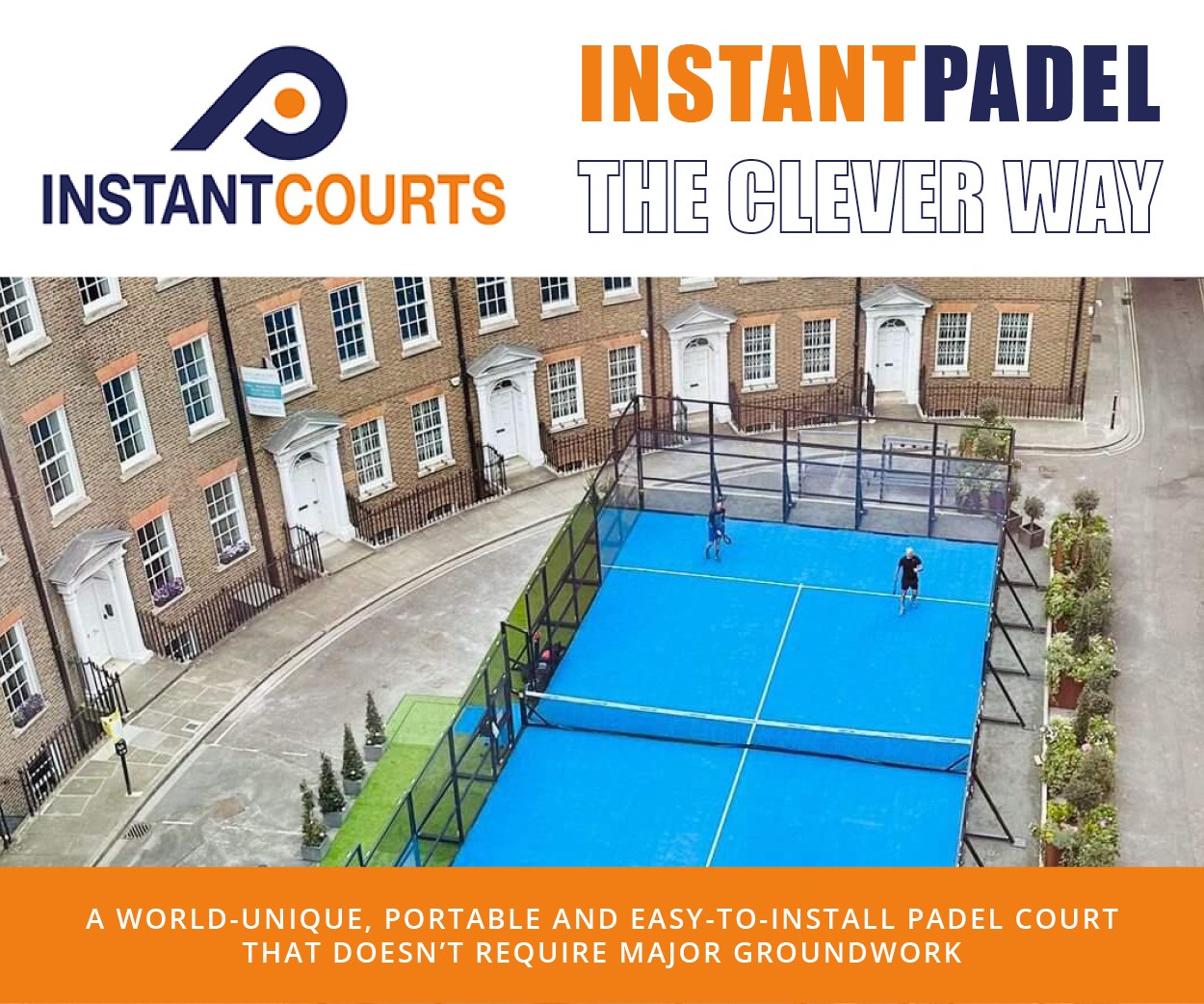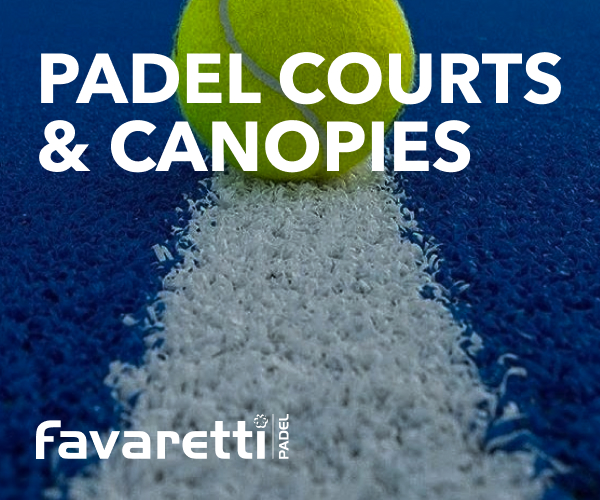
Wesley Teixeira BSc MCSP – specialist physiotherapist at PhysioVita based at London’s Queen’s Club and founder of the BAS3LINE padel brand – explores different types of fitness programmes to enhance your performance on court.
Cardiovascular conditioning
Cardiovascular fitness is vital in padel, as the sport involves constant movement, sudden sprints and quick lateral movements. To improve your cardiovascular conditioning, incorporate activities
like running, cycling and swimming into your fitness routine.
Interval training, which alternates between high-intensity bursts and low-intensity recovery periods, can help you build endurance and adapt to the fast-paced nature of padel.
Strength and power training
Padel requires explosive movements, especially when serving, returning and hitting heavy shots. A well-structured strength and power training programme can help enhance these aspects of your game.
Focus on exercises such as plyometrics, resistance training and weightlifting to develop the necessary muscle strength and power for those explosive movements.
Core stability
A strong core is essential for balance, stability and controlled movements – so incorporate exercises like planks, Russian twists and leg raises to strengthen your core.
A stable core also contributes to your ability to twist and rotate effectively, making it easier to generate power and control in your shots.
Agility and speed
Padel involves frequent changes in direction, quick footwork and lateral movements. To
excel in these areas, agility and speed training is crucial. Incorporate ladder drills, cone drills and shuttle runs into your routine to improve your agility, reaction time and overall
speed.

Flexibility and mobility
Flexibility and mobility are vital for injury prevention and overall performance. Incorporate stretching exercises into your daily routine to maintain or improve your range of motion. Yoga or Pilates can be excellent choices to enhance flexibility and mobility, helping you move more fluidly and with reduced risk of injury.
Mental conditioning
While physical fitness is crucial, the mental aspect of padel is equally important. Developing
mental toughness, focus and concentration can give you an edge on the court. Consider mindfulness meditation, visualisation on techniques and stress management strategies to enhance your mental conditioning and stay composed during intense matches.
Sport-specific training
To fully tailor your fitness programme to padel, consider working with a coach or trainer who specialises in the sport. They can design drills and exercises specific to padel’s unique demands, helping you improve your racket skills, positioning and match strategy.
Conclusion
Enhancing your padel performance requires a multi-faceted approach, encompassing both physical and mental aspects of the sport. A well-rounded fitness programme that includes cardiovascular conditioning, strength and power training, core stability, agility and speed work, flexibility and mobility exercises and mental conditioning can significantly boost your performance.
Remember that consistency is key in any fitness programme. Regular training and dedication will help you reach your padel goals and your potential. So, get started on your fitness journey today!
- For more information about fitness, wellness, injuries and their treatments, look no further than Physio Vita. Based at The Queen’s Club in London, Physio Vita provide expert insights and guidance for racket sports players. Visit www.physiovita.co.uk and connect on Instagram.









































